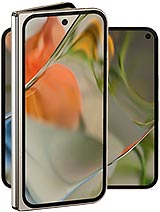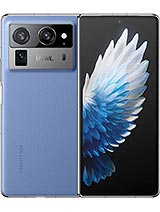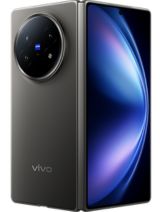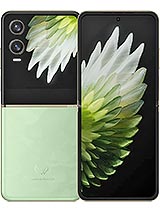Motorola Razr 50 Ultra alternatives
Tap above to see alternatives.
Samsung Galaxy Z Fold6 alternatives
Tap above to see alternatives.
Motorola Razr 50 Ultra

Motorola Razr 50 Ultra
-
Snapdragon 8s Gen 3
4 nm
-
4000 mAh
45W
-
6.9"
1080x2640 pixels
-
50 MP
4K@30/60fps
- Specs
Samsung Galaxy Z Fold6

Samsung Galaxy Z Fold6
-
Snapdragon 8 Gen 3
4 nm
-
4400 mAh
25W
-
7.6"
1856x2160 pixels
-
50 MP
8K@30fps
- Specs
1x3.0 GHz Cortex-X4
4x2.8 GHz Cortex-A720
3x2.0 GHz Cortex-A520
1x3.39GHz Cortex-X4
3x3.1GHz Cortex-A720
2x2.9GHz Cortex-A720
2x2.2GHz Cortex-A520
12GB 512GB (UFS 4.0)
12GB 1024GB (UFS 4.0)
f/1.7, 24mm (wide), 1/1.95", 0.8µm, dual pixel PDAF, OIS
50 MP
f/2.0, (telephoto), 1/2.76", 0.64µm, PDAF, 2x optical zoom
f/1.8, 23mm (wide), 1.0µm, dual pixel PDAF, OIS
10 MP
f/2.4, 66mm (telephoto), 1.0µm, PDAF, OIS, 3x optical zoom
12 MP
f/2.2, 123˚, 12mm (ultrawide), 1.12µm
1080p@30/60/120/240/960fps
4K@60fps
1080p@60/120/240fps
720p@960fps
f/2.4, (wide), 0.7µm
f/1.8, 26mm (wide), 2.0µm, under display
1080p@30/60fps
1080p@30/60fps
f/2.2, 24mm (wide), 1/3", 1.22µm
SIM1: Nano, SIM2: eSIM
SIM1: Nano, SIM2: eSIM
17 5G bands
n1, n2, n3, n5, n7, n8, n20, n26, n28, n38, n40, n41, n66, n71, n75, n77, n78
17 5G bands
n1, n2, n3, n5, n7, n8, n12, n20, n25, n26, n28, n38, n40, n41, n66, n77, n78
In this performance comparison, the Samsung Galaxy Z Fold6 with its Qualcomm Snapdragon 8 Gen 3 (4nm) performs better than the Motorola Razr 50 Ultra with the Qualcomm Snapdragon 8s Gen 3 (4nm), thanks to superior chipset efficiency.
Samsung Galaxy Z Fold6 offers 7 years of OS updates, whereas Motorola Razr 50 Ultra provides 3 years. For security updates, Samsung Galaxy Z Fold6 offers 7 years of support compared to Motorola Razr 50 Ultra's 5 years.
Both Motorola Razr 50 Ultra and Samsung Galaxy Z Fold6 feature AMOLED displays, offering vibrant colors and deeper blacks. In terms of smoothness, Motorola Razr 50 Ultra offers a higher 165 Hz refresh rate, ensuring fluid scrolling and animations. Motorola Razr 50 Ultra also boasts a brighter screen with 3000 nits of peak brightness, enhancing outdoor visibility. Notably, Samsung Galaxy Z Fold6 offers a higher screen resolution, resulting in sharper visuals and more detailed content.
Samsung Galaxy Z Fold6 features a larger 4400 mAh battery, potentially delivering better battery life. Motorola Razr 50 Ultra also supports faster wired charging at 45W, compared to 25W on Samsung Galaxy Z Fold6. Both phones support wireless charging at 15W.
Motorola Razr 50 Ultra offers better protection against water and dust with an IPX8 rating.
¹ Scores can vary even with the same chipset due to RAM, thermals, and software optimization.







